Apple’s 2020 Worldwide Developers Conference will probably be known for two things: it was the first time the forum was staged virtually, and it’s when Apple announced it would start making Macs based its own processor designs.
“Today is a truly historic day for the Mac,” Apple CEO Tim Cook said during the virtual keynote presentation.
“Now it’s time for a huge leap forward for the Mac, because today is the day we’re announcing that the Mac is transitioning to our own Apple silicon.”
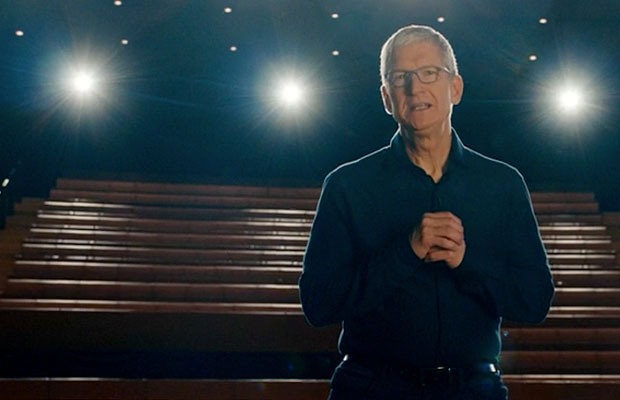
Apple noted during its presentation that it expected machines with the new chip to be entering the market by the end of the year and the transition would take two years.
During that time, it revealed it would continue to make Intel-based machines, while offering software to enable programs written for those computers to run on Apple silicon Macs.
Apple’s transition plan is very similar to what it did when it moved from the Power PC chip in 2005 to Intel, observed Ross Rubin, principal analyst with Reticle Research, a consumer technology advisory firm in New York City.
“They’re supporting both architectures for some period of time and having Rosetta for emulation of the old architecture,” he told TechNewsWorld.
He added, though, today’s state of affairs is very different from when Apple switched to Intel.
“Back then, the Mac was Apple’s entire business,” he said. “Now it’s just a small part of Apple’s business.”
“Now it’s less a bet-the-company decision and more of get the Mac on the same playing field that they use for their other platforms, the iPhone and iPad, and allowing greater cross-pollination of those platforms than they’ve allowed in the past,” he added.
Creating Uncertainty
The transition period is a lengthy one and could create uncertainty among Mac shoppers, observed Bob O’Donnell, founder and chief analyst with Technalysis Research, a technology market research and consulting firm in Foster City, Calif.
He added that Apple’s announcement also left some unanswered questions about the new machines.
“What we don’t know is what the real-world performance is going to be and what the real-world battery life is going to be,” he told TechNewsWorld. “And there are other questions, such as will external GPUs be supported and will the new CPU support legacy device drivers, which was a problem during the last transition.”
Kevin Krewell, a principal analyst in the San Jose, Calif. offices of Tirias Research,a high-tech research and advisory firm, maintained pushing Intel-based Macs for the next two years will be a tough sell for Apple.
“If you know that Apple is migrating to ARM, unless you’re a diehard Intel fan and you have something you need to run on an x86 platform, you’d be hard pressed to buy an Intel-based Mac in the coming two years,” he told TechNewsWorld.
He added that one thing Apple is getting right during this transition is enlisting Adobe’s support of the transition from day one.
During the previous transition, he explained, “For a long time, you had to run Photoshop on Rosetta, and it performed really badly.”
Calming Developers
A key to the success of the new machines will be Apple’s developer community.
“They spent a lot of time addressing developers’ concerns around the transition,” observed Mark N. Vena, a senior analyst with Moor Insights & Strategy, a technology analyst and advisory firm in Austin, Texas.
“They want to make sure that if you buy a new Mac with Apple silicon that existing applications will run on them,” he told TechNewsWorld.
He noted that Apple completely played down any potential performance hits from running Intel applications in Apple silicon.
“Whenever you run code in emulation, you usually get a performance hit,” he explained.
He added that neither was there mention of running Windows on the Macs with Apple silicon.
“When you run Windows in Boot Camp or Parallels on an Intel Mac, you’re getting the performance you expect because Windows is written for Intel processors, he said. “If you’re running Windows software in a window on an Apple silicon Mac, what kind of performance can you expect?”
One area where Apple’s new chip may give them an edge is in maintaining their customer’s privacy.
“Apple is light years ahead of everyone else when it comes to privacy,” Vena observed. “Privacy seems rooted in everything they do.”
“They made that point when they announced their own silicon,” he continued. “It will give them an upside from a security enhancement viewpoint because they’ll be controlling their own silicon.”
Blending Two Worlds
Rubin explained that Apple often brings features into its apps and into its OS that may appear elsewhere but does it in a way that achieves more privacy.
For example, Apple announced a new translation app for iOS. “Translation is done on device, as opposed to Google translate, which is done through a cloud service,” Rubin noted.

During its presentation, Apple announced new features for its operating systems for its iPhones, iPads and Macs.
“They’re making a lot of tiny improvements,” Vena said. “By themselves, they’re small and modest, but when you bring them all together, it raises the overall experience dramatically.”
O’Donnell added that Apple was bringing its operating systems together in a more coherent way. “macOS is starting to look more like iOS than it has in the past, and you can run iOS apps on the new Macs,” he noted, so you’re seeing a blending of the two different worlds.”
Compelling Additions
Tuong Nguyen, a senior principal analyst with Gartner, a research and advisory company based in Stamford, Conn., found a fair number of the OS features revealed during Apple’s presentation to be incremental improvements on existing functionality.
“Many of these features have also been available to Android and other users prior to Apple’s announcement,” he told TechNewsWorld.
However, he also found some potentially compelling OS features revealed by Apple, such as App Clips.
App Clips allow a portion of an app to be run at any time. Both Apple Pay and Sign in with Apple can be used as an App Clip, which will make both applications easier and more convenient to use, Nguyen explained.
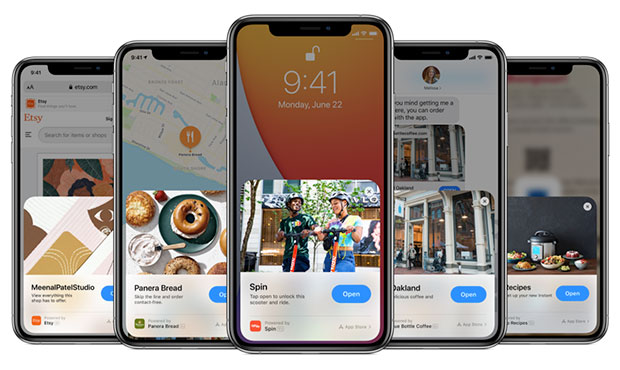
“This is also a pointer to how Apple’s rumored glasses and potential augmented reality play will unfold,” he said. “I strongly believe there will be an e-commerce component to Apple’s augmented reality initiative. I expect App Clips to play a big role in how this will happen.”
He also found two new features for Apple Maps unique. One will track the EV charge on an electric vehicle and suggest a route to a destination that passes charging stations to meet the vehicle’s power needs during the trip.
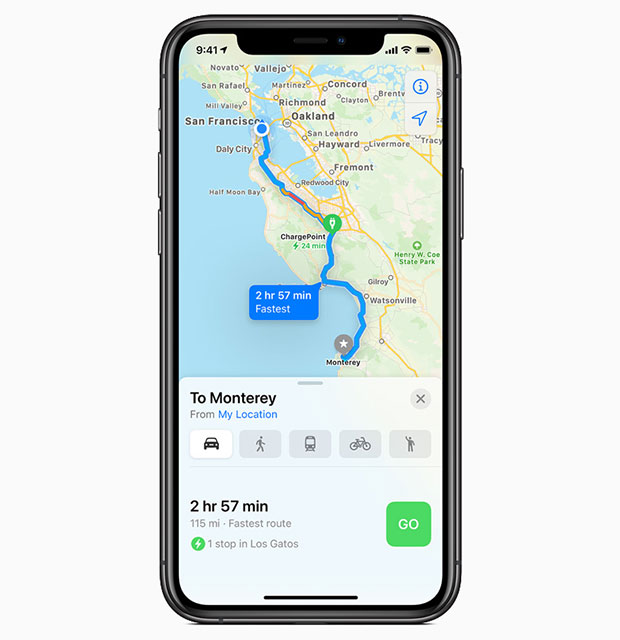
The other feature is for China, where motorists can drive only on certain days of the week based on their license plate numbers. Drivers can enter their license plate numbers into their phones, which will keep tabs on the days in the week they’re allowed to drive.
“This is another simple, yet extremely useful feature,” Nguyen said.




















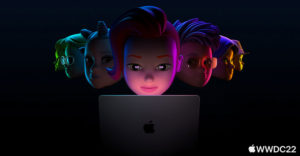


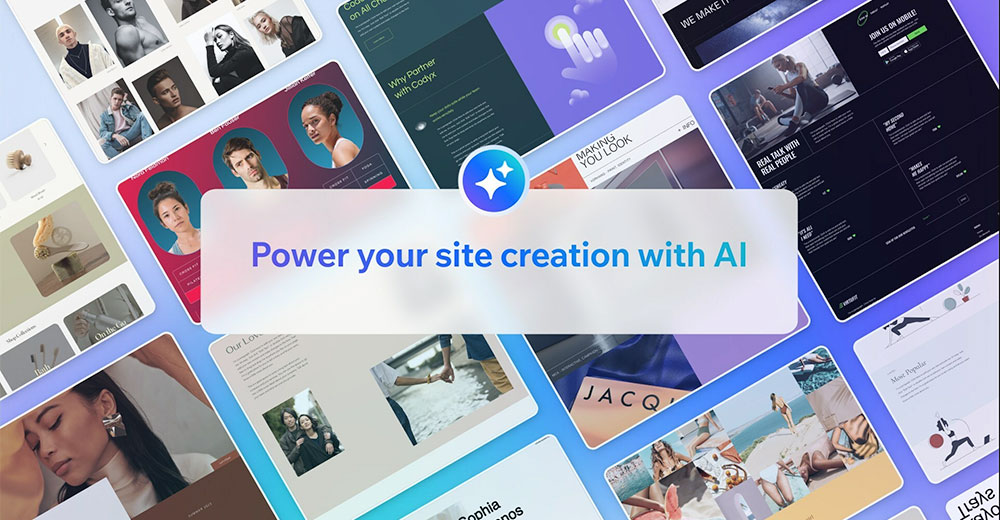

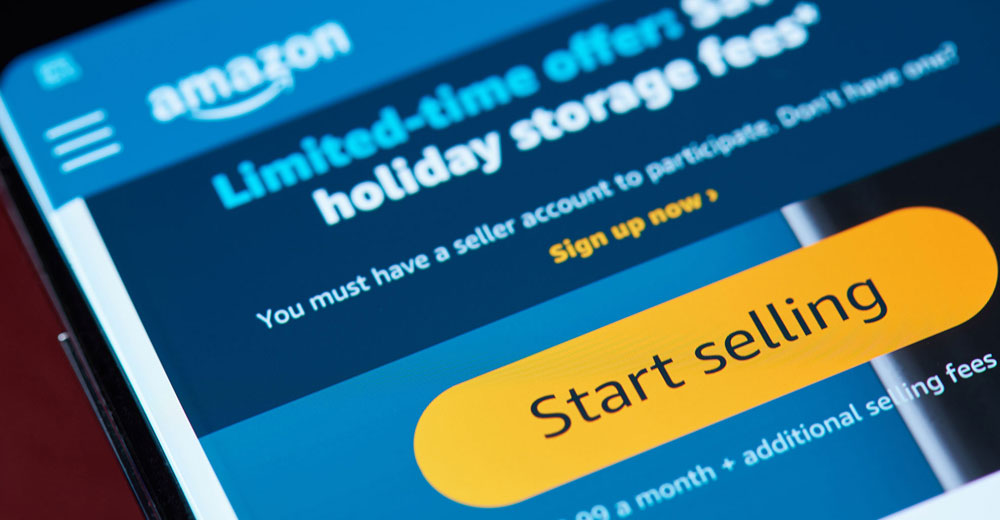















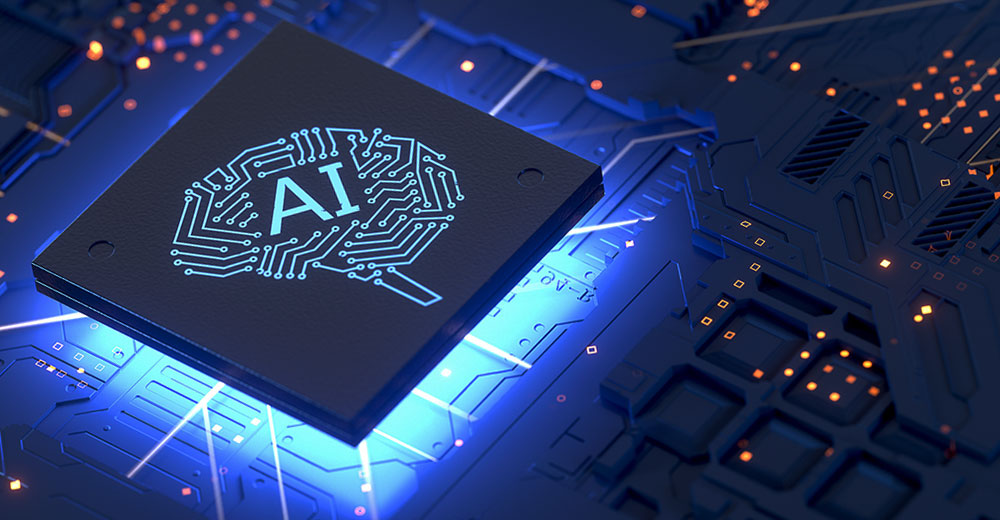


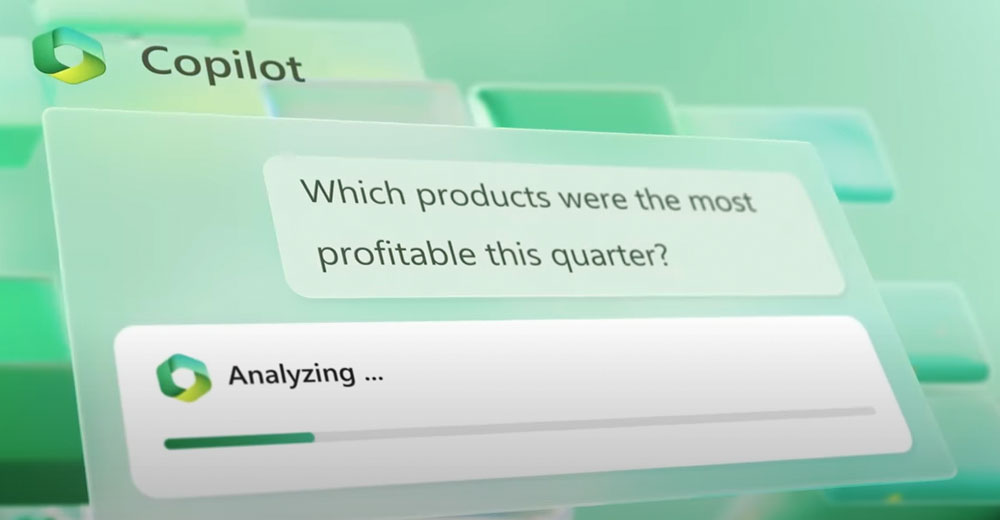
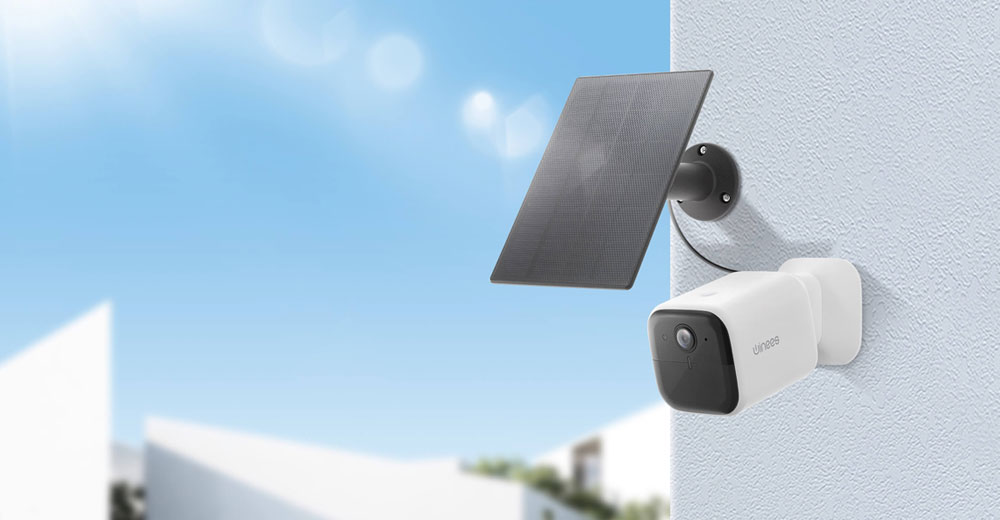



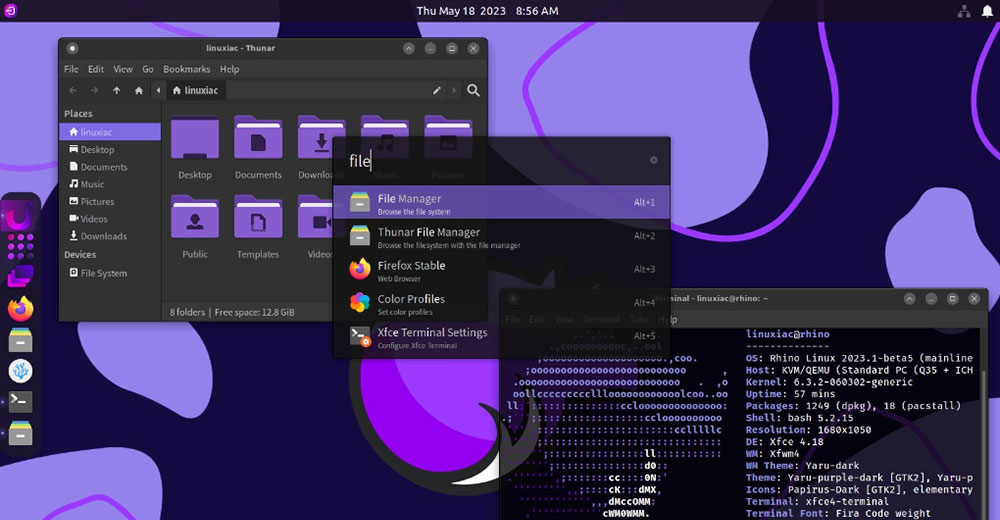





Not a smart move I would say.
Apple is mainly into the businesses like- smartphones, ipad, macbook, OS, and few others. Apple has gained its forte in the domain and is now trying to challenge the largest player in that segment, i.e.- Intel.
I have no idea why Apple wants to do that.
The mac will ultimately become a glorified iPad. They wont bother making OSX apps, it will be stuff ported from iOS. The Mac has been dumbed down over the years (just like the zombie populations). I watched the edited version of their childish WWDC, i couldnt even stand the 15 minute version, all rather pathetic rubbish for mindless teenagers. I think I will be making the switch to the Raspberry PI 8Gb running Raspbian or some other flavor of Linux. You know, something more professional and not geared for morons